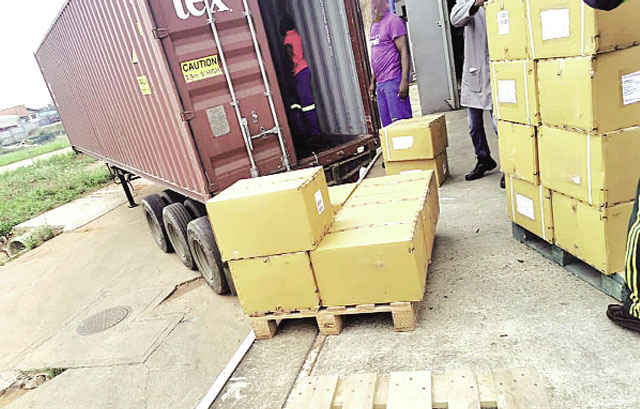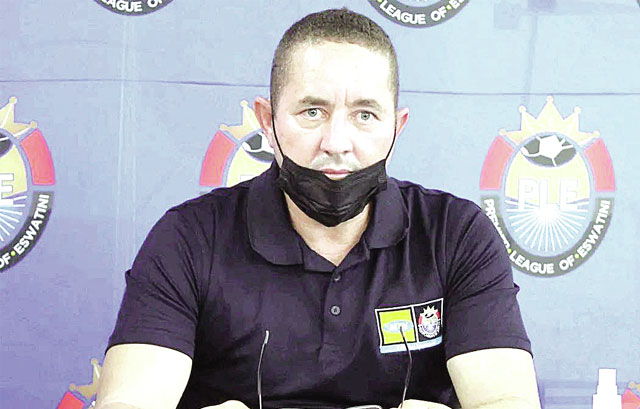By Thulani Lushaba | 2019-04-20

“I am a teacher at Kingdom Pre-school in Manzini and I was invited to the Early Identification and Intervention (EII) training in 2016.
I went to the training with no idea about what they meant about EII and why we needed a strategy. SWANCEFA (Swaziland Network Campaign For Education for All) facilitated the training on children with physical and mental disabilities, and with anti-social disorders.
At my pre-school, I had a child with autism. The child was very slow; she could not grasp things well.
Through the training at SWANCEFA, I was able to approach the mother in the right way without upsetting her about the condition of the child. I told the mother that I was noticing that the child was having a speech delay something that she confirmed and said she had started taking the child to doctors.
At the workshop, we were advised to approach the parent in a good manner and at the right time to discuss any signs of disability a child might have.
The child’s mother thanked me. As we were about to close for the second term break, the mother told me that the child is now better; she now uses short words and I am noticing a big difference as well. We still have a long way to go but we come a long way.
I also shared the information I got from the workshop with the mother on how to treat a child with autism. For instance, one must not give a child with autism colourful food because he or she may become restless. Another thing, one should not give the child too much work or shout or engage him or her in noisy activities because this irritates the child.
I used to notice that when we were having musical activities in class, the autistic child used to close her ears and point them but I did not know why she was doing that. However, I realised from the training that the noise irritated the child and I then reduced the volume whenever we have a musical activity.
The child also needs to be involved in all the activities that the class engages but the teacher needs to be patient and repeat whatever he or she is saying many times for the benefit of the children with special needs. For instance, when doing daily skills, I do not give the child too much work so that she is able to master the skill.
We were also encouraged to use different ways of teaching. You have to explain and give the child the object that you are talking about. For example, when talking about an apple, you must give the child the actual apple to touch and see. The children have to use all their senses to enhance his or her understanding in class.
Another thing is that a teacher has to provide the child with many toys, which will help you identify the child’s strengths and weaknesses because children are at different levels of disability. Unfortunately, we do not have enough material at pre-schools because of inadequate resources. As a result, teachers end up giving the children the same activity such as puzzles, something that does not stimulate CWD.
At the training, we were also taught how to make bin bags and use them for an activity to determine whether the child could have a physical disability or not.
I did my training at FEA Teacher’s Training Centre at Helemisi, in Manzini, where they took us to St Joseph’s and Ekwetsembeni to interact with CWD. However, the SWANCEFA workshop helped a lot because they gave us knowledge of what pre-school teachers can do to help the child. I also learnt that, as a teacher, I should show love and compassion to the child with disabilities so that the other children could follow my example. If a teacher discriminates, then the children will also discriminate against CWD.
As pre-school teachers, we need toys and story books because the children like to read and play. We need toys for inside and outside the classroom. SWANCEFA should also remember us and continue to provide training for pre-school teachers.
Apart from being a teacher, I am also a zone leader. Therefore, after the training, I called a meeting for all pre-school teachers under my zone with the help of the Regional Education Office where I shared the knowledge from the workshop. I think we need to organise a march and involve CWD to raise awareness mong the broader public about the EII Strategy. SWANCEFA and other organisations should also train politicians so that they can appreciate the strategy and help those implementing it.”
share story
Post Your Comments Below

The ministry of health has announced the arrival of vital medicines and medical supplies.

SOCCER - FOLLOWING the submission of the 16-team league proposal by elite league and NFD clubs, t...
ATHLETICS - A true marathon indeed!
The High court has issued an order to Athletics Eswatini...
On Saturday One Billion Rising Eswatini held a mountain circle hike in partnership with the Proje...
All material © Swazi Observer. Material may not be published or reproduced in any form without prior written permission.
Design by Real Image Internet